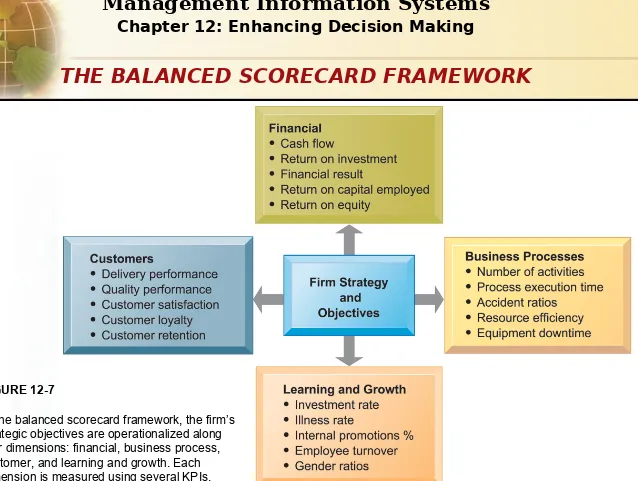Video Case 1: FreshDirect Uses Business Intelligence to Manage Its Online Grocery
Teks penuh
Gambar
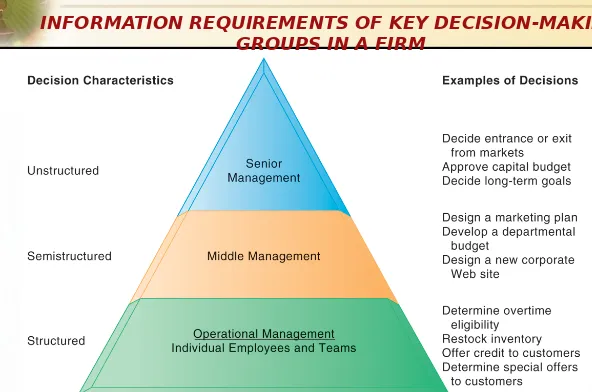
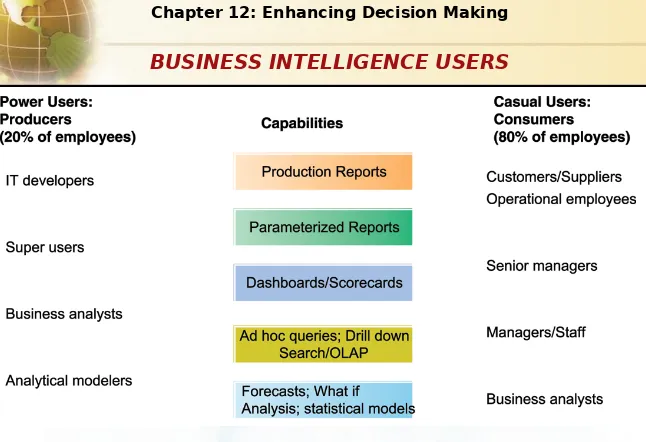
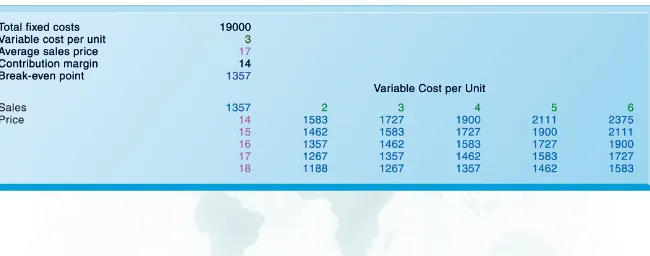
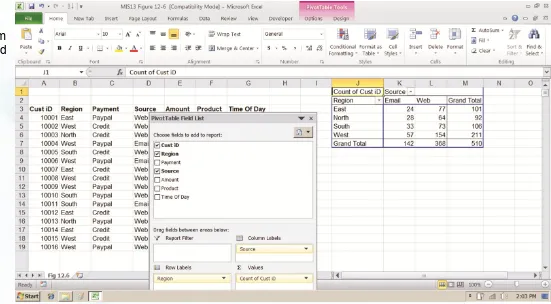
Dokumen terkait
The next three elements of Information Systems study, business operations, events processing, and management decision making, comprise a major focus of this text, business processes..
International statistics do not indicate how South African users interact with businesses and the business benefits of having a social media presence which raises the question “How do
You are invited to participate in a research project entitled: Factors influencing the quality of decision making using business intelligence in Hulamin- KZN The aim of this study is
The use of technology, data analytics, and artificial intelligence such as ChatGPT can assist in the strategic decision-making process and improve overall business performance..
Risk Management, Risk Factors, Virtual Enterprises, Decision-Making Model, Risk Control Strategies, Swarm Intelligence, Grey Wolf Optimizer.. Introduction The contemporary business
One-on-one meeting frequency. One-on-ones empower you to unearth issues before they become full-blown problems. Imagine these two scenarios: Scenario 1: In the first one, manager Mary meets with her direct reports once a week. She hears from one of her employees that there is some tension arising among the team and this helps Mary address it immediately before it becomes a major problem. Scenario 2: Manager Michael has never scheduled regular one-on-ones. After a couple of months, he realizes that there’s tension in the team, rumours about people, and some clashes between co-workers who aren’t working well together. No one was able to address this with Michael, mainly because he never sat down with each employee to ask about team dynamics and the challenges that he could help overcome as their manager. This is just one of many examples that show how one-on-ones empower you to proactively fix situations before they become big problems. From helping you solve team issues to allowing you to coach employees when they should be focusing on different priorities… one-on-one meetings can help you defuse workplace bombs before they explode. As Andy Grove argues: “The meeting should cover anything important that has happened since the last meeting: current hiring problems, people problems in general, and- very, very important- potential problems. Even when a problem isn’t tangible, even if it’s only an intuition that something’s wrong.” 4 Just like managers in the world’s most innovative companies, you can use one-on-ones as a powerful tool to stay updated about issues and provide your team with ongoing support. 4. One-on-ones provide the ideal environment to exchange feedback Imagine getting an email from your boss saying “we need to talk.” Unsurprisingly, receiving an email like that would cause many of us to freak out a little, and immediately think that we are in trouble (or the feeling of being sent to the principal’s office…). To try and prevent your team from these mini heart attacks, you can exchange feedback during your regularly scheduled one-on-ones. One-on-one meetings are the ideal scenario to ask for feedback about the company, the team, and your management style. Similarly, they’re the perfect moment (a private, face-to-face conversation) to give your employees helpful feedback on their performance. We discuss specific ways to ask for feedback and provide constructive criticism in chapter 5. . . . To sum up, there are many benefits you’re missing out on if you still haven’t scheduled regular one-on-ones. A few of them include increased productivity, better relationships with your teammates, and the ability to address issues proactively and exchange ongoing feedback. If you’re feeling motivated and ready to start scheduling, we think you’ll enjoy reading the next chapter! 2.1 One-on-one meeting frequency: How often do great managers meet with their employees? Before communicating your decision to schedule regular meetings with your teammates, you should spend some time deciding if you want to do it weekly or
